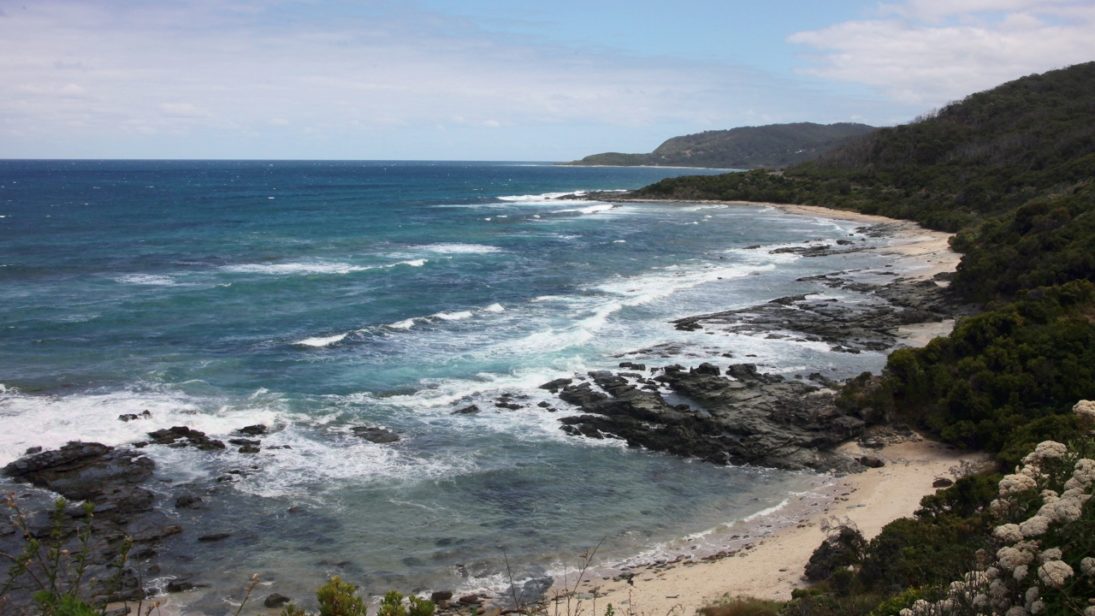
Point, Counter-Point: Sea-based deterrence
Earlier in this series:
Troublesome Trajectories for Minimalist Strategy
***
Ever since 1998, India and Pakistan have been in the process of consolidating their nuclear posture – especially in terms of nuclear-use doctrine, command and control, miniaturisation of warheads, inventory expansion, diversification of delivery vectors, and the latest being the third-leg of their nuclear triad. All these developments are interpreted with alarming psyche, and viewed as distinct from the Cold War nuclear deterrence trends, largely owing to the differences in power perceptions between South Asia and the West. Nonetheless, neither country will rest without acquiring “deterrence capability at all levels of the threat spectrum” within a decade or so.
Realistically, the presumed “nuclear flash point” – the Kashmir issue – may remain unresolved for the next half a century. Even if it does work out, Pakistan is not likely to give up its pursuit for parity with India and terrorism as a state policy to “bleed India with a thousand cuts.” Meanwhile, nuclear weapons would remain its sole trump card, and a feel-good factor, for deterring India (as well as for domestic political consumption), disregarding the fact that this does not guarantee Pakistan invulnerability completely.
Basically, the risk of a nuclear escalation in South Asia and nuclear arsenals falling into wrong hands emanates from Pakistan’s doctrinal opacity and lack of organisational sanctity. Overwhelmed by India’s conventional military superiority and prompted by nuclear parity syndrome, Pakistan has often resorted nuclear brinkmanship; its effort to acquire sea-based assets is simply part of this brinkmanship.
Nevertheless, it can enhance* (terms & conditions apply) deterrence stability in South Asia, provided Pakistan’s program is based on SSBNs and restricted to ballistic weapons with centralised command and control structure. India’s INS Arihant is known to have four vertical launch stations (VLS) which can house 12 K-15 SLBMs i.e. three in each tube or each tube can be fitted with one 3,500 km K-4 SLBM. If Pakistan does fit nuclear tipped submarine-launched cruise missiles, it would result in the delegation of the control of nuclear weapons to the tactical level, dangerously destabilizing the situation. If Pakistan sticks to its plan, India has to logically opt for a robust cruise missile defence (CMD) capability to nullify Pakistan’s nuclear brinkmanship. Therefore, stable or unstable nuclear South Asia is Pakistan’s choice.
Generally sea-based assets specifically based on SSBNs, are viewed as a resilient nuclear force that increases survivability of the deterrent, thereby reinforcing the second-strike capability. An assured second-strike capability would, therefore, drop-off the first-strike temptation. One may argue that an assured second-strike capability would bestow more confidence for its reserved first-use option. However, if the evolution of nuclear weapon states’ behaviour is any guide, states seem to behave relatively rationally once they attain NWS status. From this perspective, a sea-based deterrent might prompt Pakistan to adopt a no-first-use (NFU) policy (maybe after it acquires SSBNs, a real sea-based deterrent, which is not likely in the near future).
Currently, Pakistan has no nuclear-powered SSBNs. Putting nuclear-tipped missiles onboard diesel-powered or conventional submarines and ships, as Pakistan plans now, would complicate the regional nuclear scenario. In fact, Pakistan’s nuclear assets at sea would be more vulnerable. Pakistan’s stated “Credible Minimum Deterrence” posture, and the declaratory “weapons of last resort” (“no-early-first-use”) policy will corroborate its aspired second strike capability only when its third leg of the triad is based on nuclear-powered SSBNs. In fact, only the sea-based nuclear deterrent force would be most suitable for Pakistan, like the British model, given its lack of strategic depth and small land mass. Britain has removed air-delivered weapons from service and relies exclusively now on SSBNs for nuclear deterrence. Can Pakistan afford to do the same?
Secondly, as far as the command and control issue is concerned, both countries would adopt the “bastion strategy,” i.e. operating the SSBN close to their territorial waters within the protective envelop of their land- and sea-based firepower. Moreover, given the nascent status of their program, the submarines cannot perform truly autonomous operations in the near term. As India’s nuclear deterrence is conditioned by the “China factor,” gradually the third leg of its nuclear triad has to attain credibility vis-à-vis China – with trans-oceanic capabilities. This should not affect Pakistan’s nuclear deterrence calculations mainly for the fact that India has already adhered to the NFU policy.
Thirdly, sea-based assets are viewed to “devalue the benefits to an adversary of a bolt-from-the-blue attack upon the land-based component of the force, usually sited in relatively static target sets.” Therefore, it ensures invulnerability to inadvertent launch thereby fostering crisis stability.
Lastly, India’s initiative for sea-based deterrent predates Pakistan’s nuclear weapons program itself. Arihant’s genesis can be traced back to Bhabha Atomic Research Centre (BARC) and Indian Navy’s joint study on naval nuclear propulsion in 1967. In the subsequent decades, constant prowling of Indian Ocean by nuclear submarines of the superpowers like US and China had raised India’s concerns. Introduction of Arihant by India neither upsets nuclear stability in South Asia, nor does Pakistan’s quest and current plan for sea-based deterrent address completely its vulnerability vis-à-vis India. However, the development is inevitable and both countries will learn to live with it.
***
Image: Pascal, Flickr